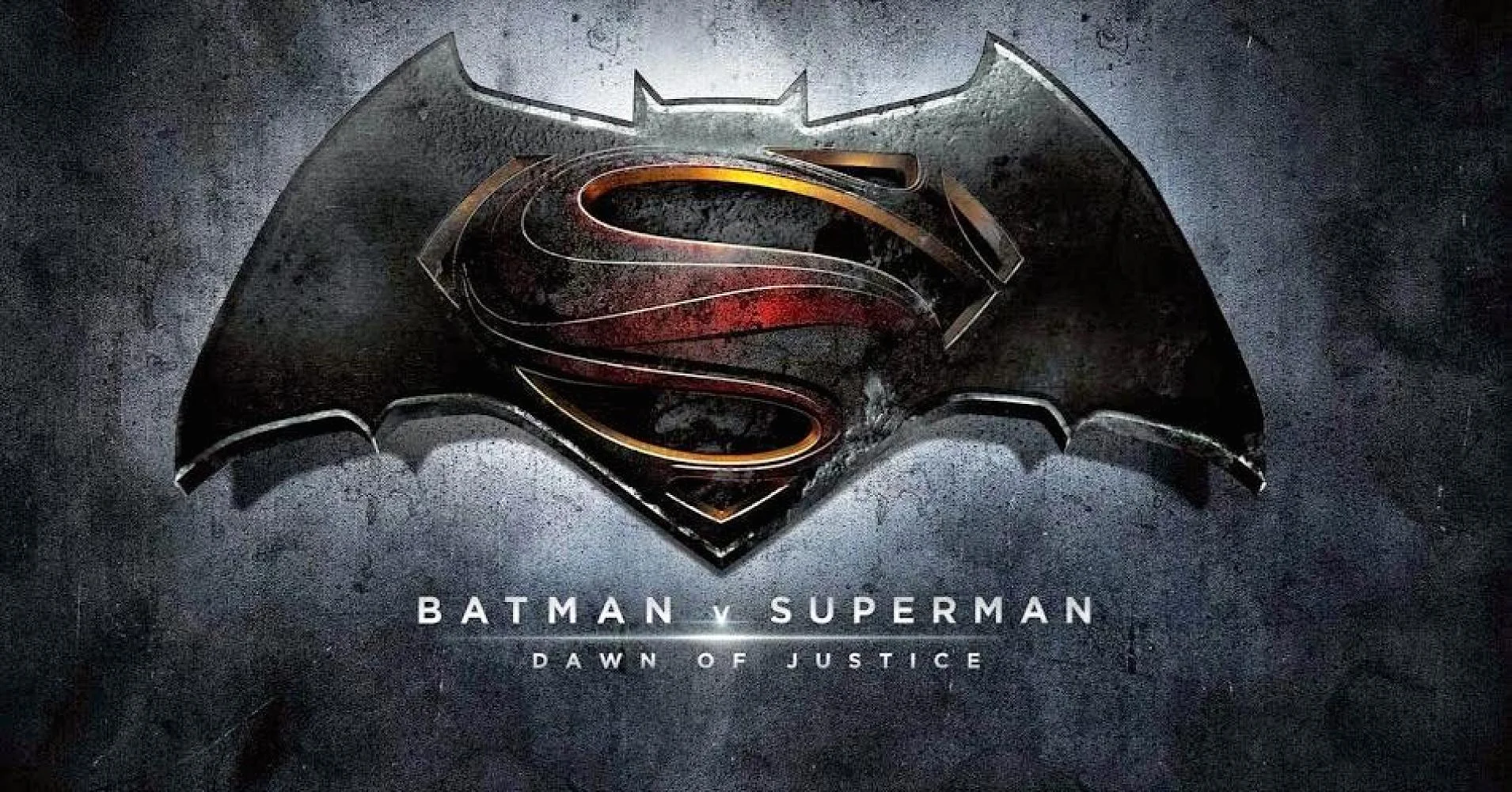(Originally posted April 3rd, 2016)
Another last minute film post before your drafts are due! I hope that my recent How I Would Do It Post was useful, but in the event you want another example of an analysis of a director's style, Vox.com posted a breakdown of Zach Snyder, director of the recent Batman v. Superman film. The film discusses details of cinematic technique, theme, and imagery, and is a pretty excellent example of how this kind of analysis works.
One section discussing medium shots is particularly good:
For one thing, he uses far fewer medium shots than most directors. He likes alternating between wide shots (as when the protagonist observes the chaos devouring her neighborhood) and shots that zoom in close on his actors, to a variety of different degrees (as when we see her worried expression as she takes it all in).
When Snyder does use medium shots, he uses them in weird ways. Take the short moment where our hero talks to the man across the street who's holding a gun. Both characters are filmed in mid-shot, but Snyder puts them both in the same frame exactly once (when we see the man across the street over her shoulder, as if we're standing behind her).
Blink and you'd miss this shot. Most directors would give us at least a few lines of dialogue while the two shared the same frame, but not Snyder. They're never in the same frame while talking to each other.
The medium shot is the cinema's version of normalcy. Certainly, there are several where something huge happens, but a lot of the time, cinema uses the medium shot to break up the "pay attention to me!" panoramas of the wide shot and the forced intimacy of the close-up.
That Snyder doesn't really use them in the first place, let alone typically, gives his work a heightened feel — everything subconsciously feels bigger than it otherwise might.
If you want another model for this kind of writing, I encourage you to read the full thing.
